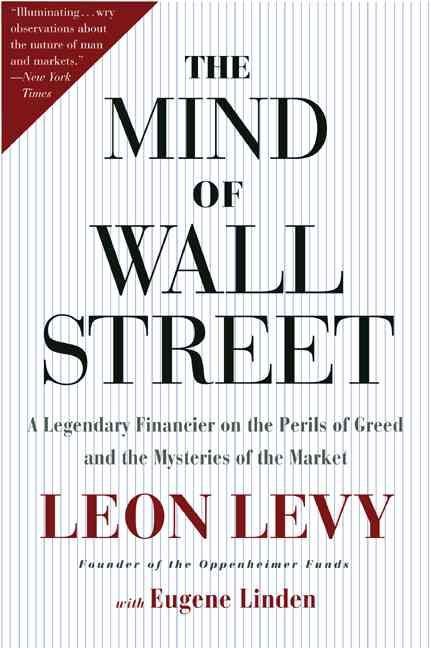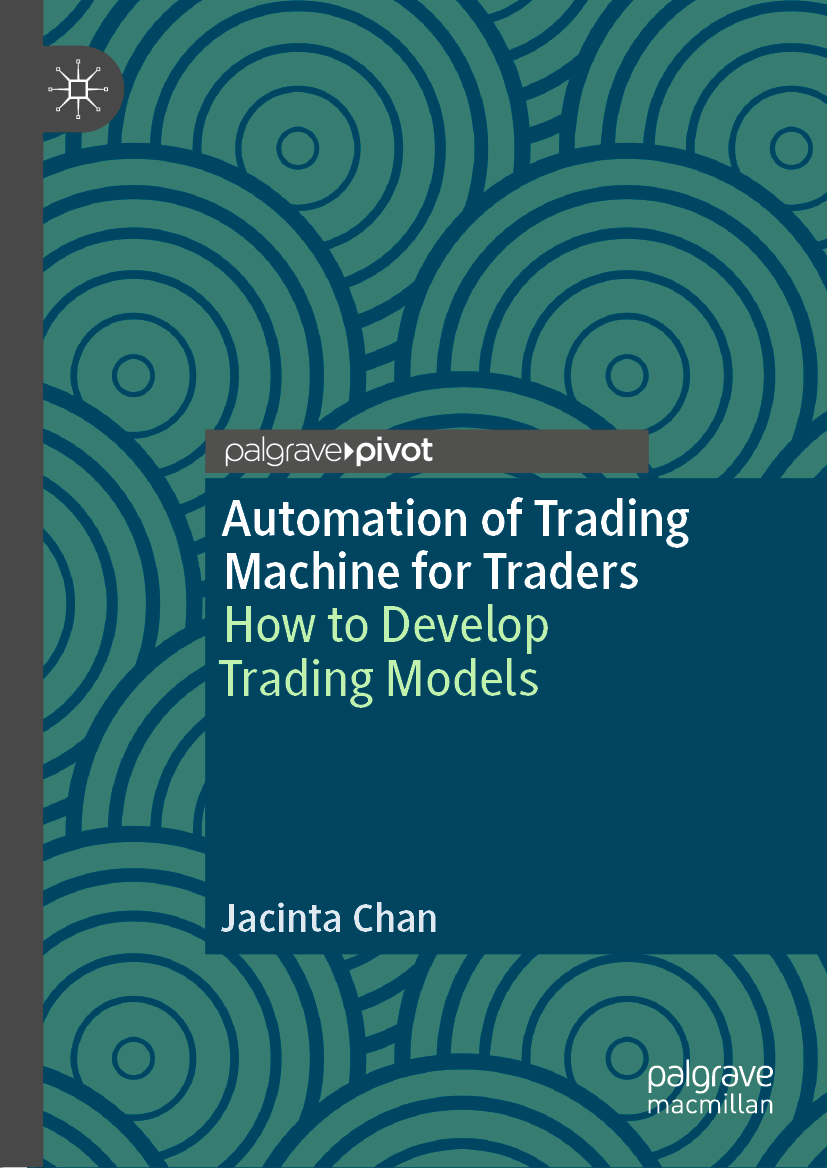Heinz Konig This volume contains fourteen papers, all except one were presented and discussed at an international seminar of the Sonderforschungsbereich 5, University Mannheim, on October 5th-7th, 1987. While the planned overall theme was originally limited to the problems of wage determination in their relation to unemployment, the papers presented cover a much broader field and treat the problems from a microeconomic as well as from a macroeconomic perspective. It was this mixture of methodological approaches which, at least in my mind, stimulated the discussion and have documented the advances in labor market and macroeconomic theory in recent years. Rising and persistently high unemployment rates in western countries since the mid 70’s reshifted the economists’ attention to the role of wages with respect to labor supply and demand. Most markets seem to clear, yet the labor market does not. MacroÂ- economic thinking in the 50’s and 60’s, following the Keynesian paradigm, attributed this missing “self-correction”-property to the rigidity of nominal wages. However, it was soon recognized that wages could be rigid without any implications for macroeconomic adjustment. As long as profits are sufficiently flexible, rigid wages do not prevent prices from reacting to fluctuations in nominal demand. Furthermore, it is less the nominal wage stickiness than the real wage rigidity which impedes market clearing. Most neo-Keynesian theories in recent years, therefore, try, given rational behavior of economic agents, to disentangle factors which are responsible for real rigidities in labor markets as well as in product markets.












